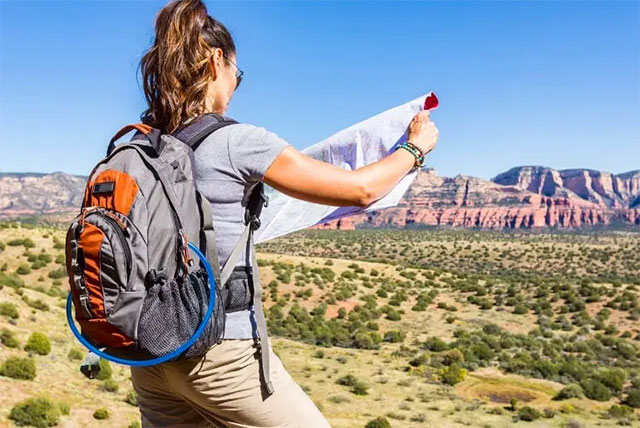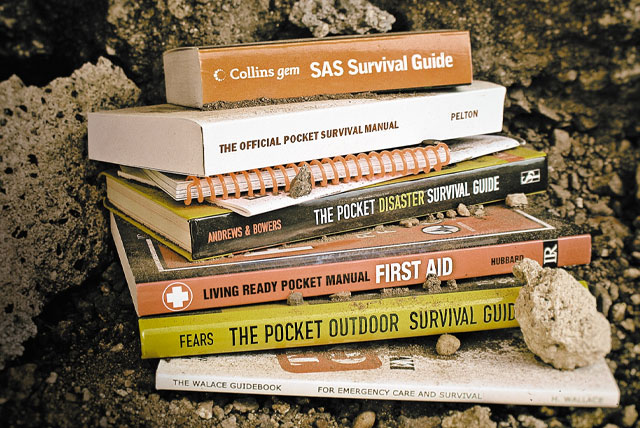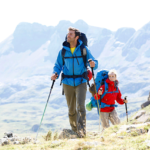Many individuals all across the world like outdoor activities. Indeed, between October 2010 and September 2015, the proportion of Australians aged 14 and over who reported going hiking/bushwalking on a regular basis increased from 2.9% to 5.2%, while those who participated either regularly or infrequently increased from 15.6% to 27.3% (or more than 5.3 million Australians).

Meanwhile, 53% of Americans aged 6 and up participated in at least one outdoor activity last year. Across the Atlantic, 49% of Europeans engage in outdoor activities such as hiking, climbing, cycling, snow sports, and other mountain activities at least once a week.
Aside from the health benefits provided by outdoor sports, people like exploring the outdoors since we have access to several pristine and protected national parks. However, keep in mind that there are several hazards you might encounter, and not being fully equipped may ruin your trip. In this piece, I’ve included some suggestions for a safe and fun travel.
Read Wilderness Survival Books
Some emergency survival manuals are largely focused on how to construct a fire, make a shelter, and gather food, yet the finest survival books encompass all you need to know about the outdoors, the way of life, and wilderness medicine included.
Fortunately, many outdoor enthusiasts and survivalists have gone before us, compiling their experiences and teachings into books from which we might learn. There is no better way to learn new skills and be inspired than to relax with survival books with guidelines that are easy to read and follow.
Still, with the range of options nowadays, it’s important to remember that to distinguish a useful book from a bad one, you must first determine whether the content is real, as well as the author’s reliability and writing style. The last thing you want and need is wasting money on something unreliable that would make your trip into even more of a hassle!

Always Travel with a Companion
If you’re going to conduct an outdoor activity in a remote and infrequently visited place, you should always go with a partner. That way, if you are in an emergency situation, you will not be alone. If you’re travelling somewhere off the beaten path, it’s even better if you go with a small group of individuals.
In case one of you ends up being harmed, another one can keep the injured company while the others seek medical attention. You may or may not be in cellular network range depending on where you hike. Having the adequate survival books along with offline mapping programmes and quality lightining will help determining location, and alerting emergency services with precise coordinates will help shorten response time.
However, if you crave some alone time outdoors, leave your schedule with someone you know, including where you intend to travel, the equipment you’ll be bringing, and the date of your return. This way they’d know if something’s amiss.
Take a Wilderness First Responder Class
If you plan on going on any outdoor adventures, knowing what to do in an emergency is essential. Enrolling in a wilderness first responder class is the greatest method to learn how to respond to crises.
These sessions are offered by a variety of professionals, including wilderness medicine nurses who have a solid understanding of basic medical principles. Emergency medical technicians with extensive expertise responding to outside emergencies are another group of specialists who give wilderness first responder instruction.

Maintain Your Physical Health
Before embarking on any outdoor adventure, be sure to physically prepare yourself and ensure that your body is in good shape. If you have any medical conditions, consult your doctor and get their consent before signing up for the trip.
Also, keep active before your trip to build stamina, especially if you plan on doing rigorous outdoor activities. Furthermore, if you intend to travel or climb to high elevations, do your homework and understand how to appropriately acclimatise your body to your location.
Inspect Your Equipment Before Your Trip
Before your journey, you must inspect your equipment and ensure that everything is in working order. There’s a lot to remember to pack: hiking boots, sunscreen, and camping gear. A simple way to accomplish this is to create a checklist that would help you evaluate your items one by one to ensure that they are complete and functional.
Bring extra batteries and portable chargers to have the peace of mind your electronics won’t die in the middle of your outdoor adventure. For longer travels, small solar panel chargers come in handy with keeping small handheld electronics charged.
Don’t Wander Off the Trail
There’s a reason trails and designated hiking camps exist: they reduce your impact on the environment. As a result, always attempt to remain on established paths to avoid developing routes that may scar the terrain. Furthermore, almost all current trails have been safety-tested, so staying on the path might help you avoid potential injuries and emergencies.















